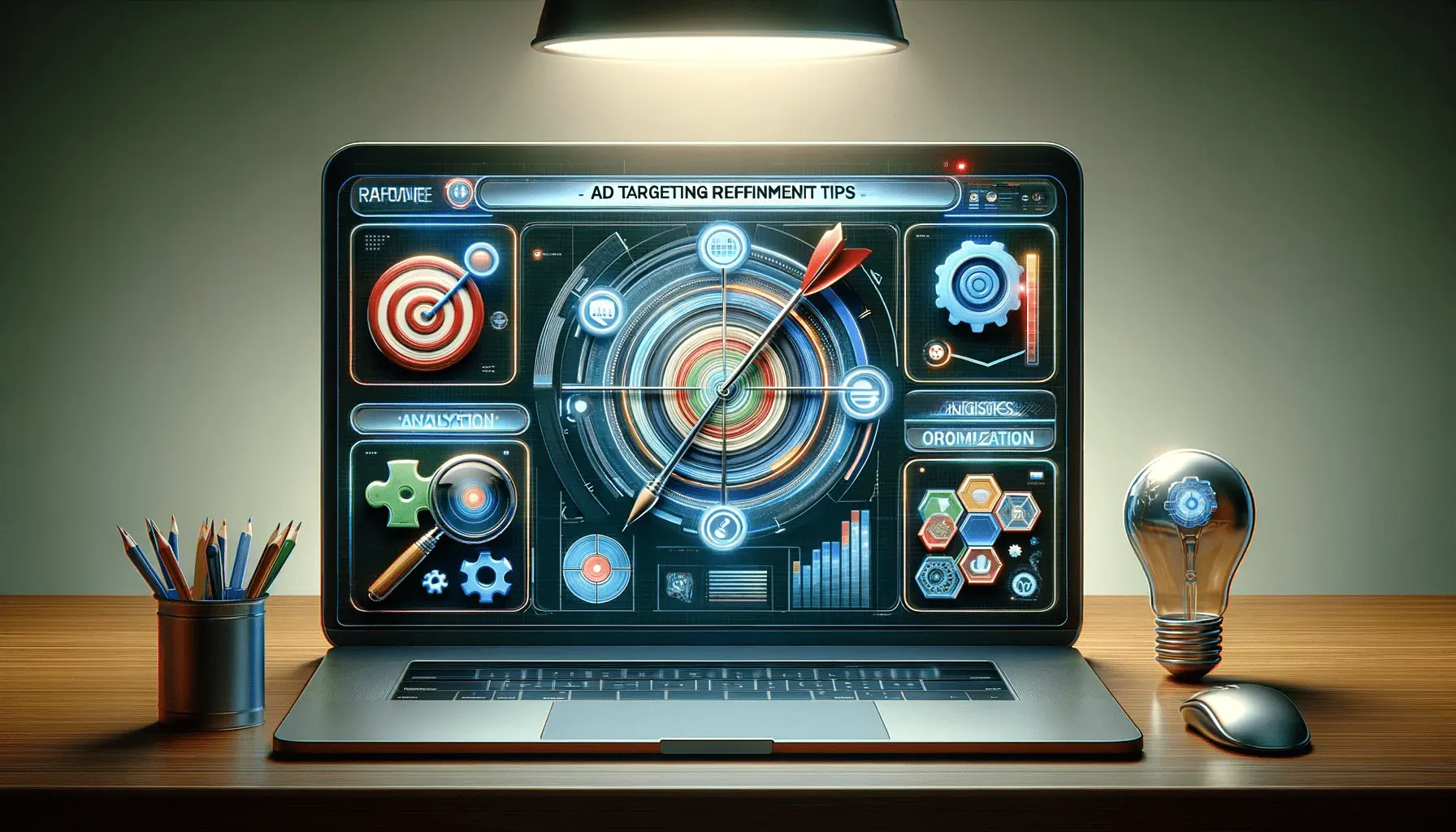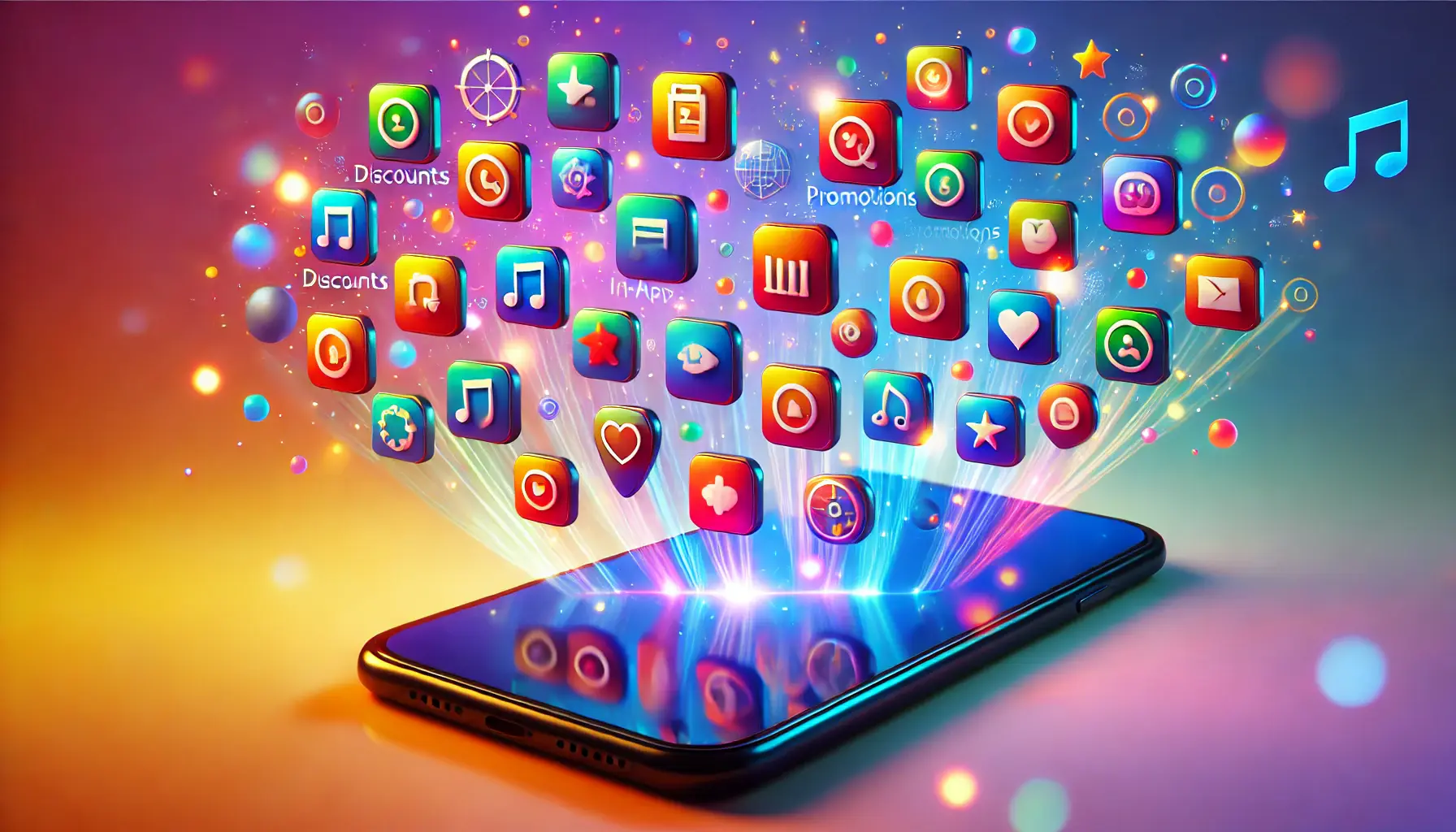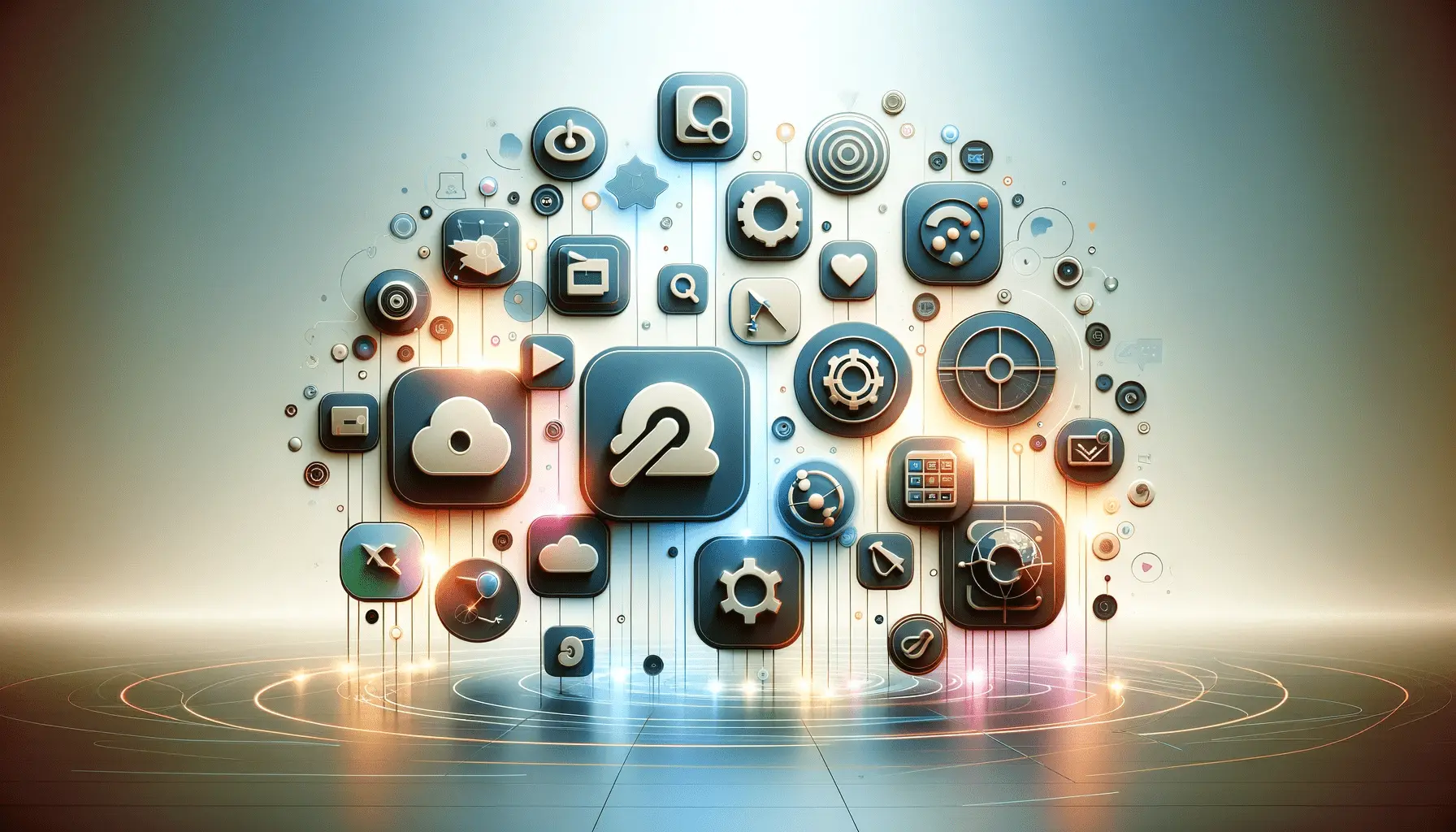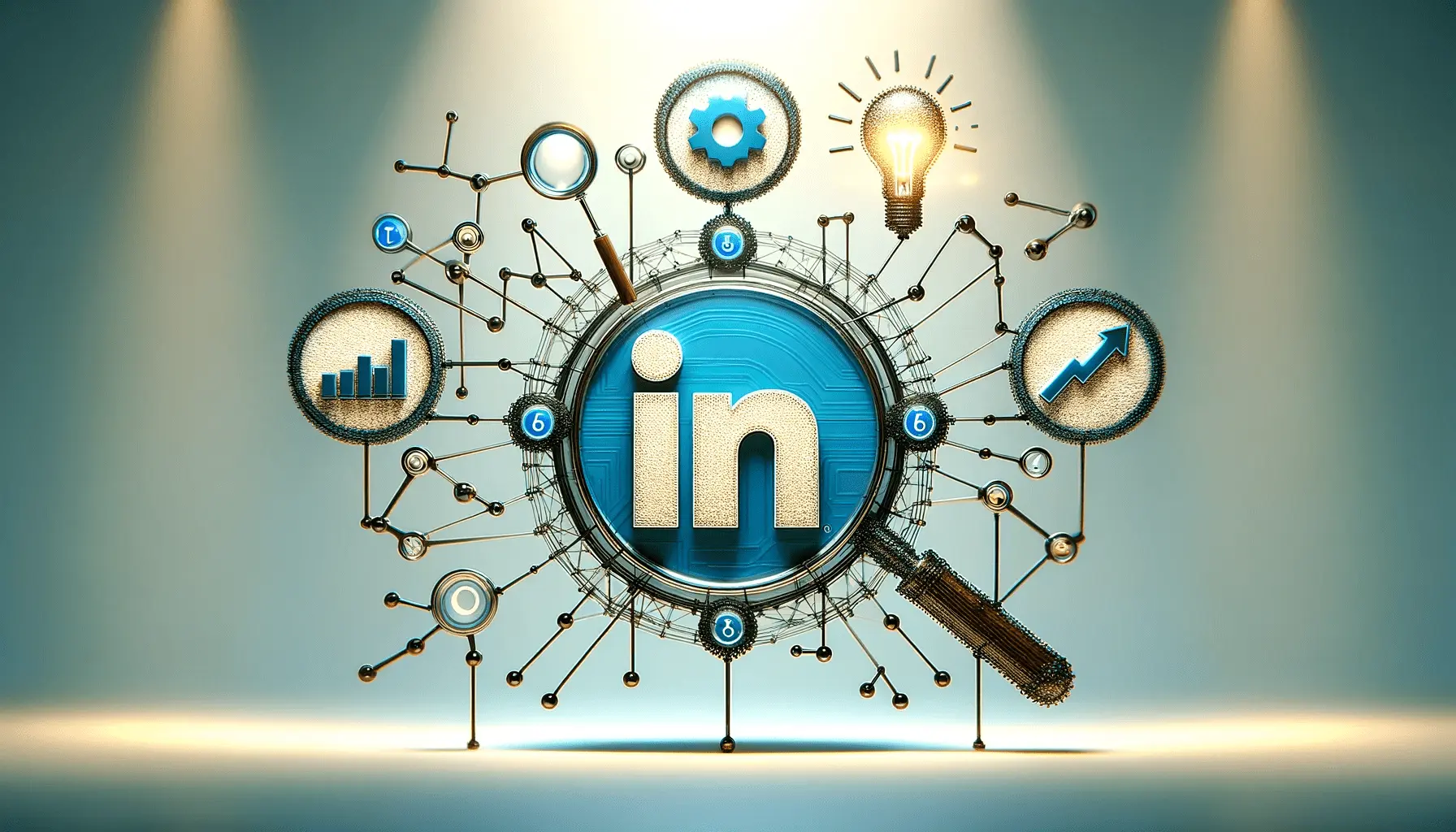With the advent of the digital age, using social media sites has become inevitable for successful marketing.
Among these platforms, LinkedIn is an excellent tool for professionals and businesses.
One of its most powerful features is LinkedIn EventsA feature on LinkedIn that allows users to create, manage, and promote professional events., which has gained significant momentum.
By leveraging LinkedIn Events, you can target your audience, showcase your expertise, and enhance your professional image.
But how do you get your LinkedIn event noticed?
Let’s explore the steps to develop an engaging LinkedIn Event page.
- Create an Engaging LinkedIn Event Page
- Promote Your Event Through Personal Networks
- Draw Your Audience In with Interactive Content
- Leverage LinkedIn Groups and Communities
- Leverage LinkedIn’s Paid Advertising Features
- Maximizing LinkedIn Events for Effective Marketing
- Frequently Asked Questions on LinkedIn Event Marketing
Create an Engaging LinkedIn Event Page
Developing a persuasive LinkedIn Event page is the first step in attracting and engaging attendees.
A well-structured event page not only provides essential details but also encourages potential participants to join and share your event within their networks.
When organizing your event, focus on the following key aspects:
Craft a Compelling Event Description
Your event description is the foundation of your event page.
It must accurately convey the purpose, value, and benefits of the event.
Follow these guidelines to ensure a compelling description:
- Be Clear and Concise: Clearly state what the event is about, who it is designed for, and what attendees will learn.
- Highlight Benefits: Emphasize the value attendees will gain, such as acquiring new skills, networking opportunities, or gaining exclusive industry insights.
- Use Engaging Language: Write in a tone that appeals to your target audience to make the event relevant and attractive.
Use High-Quality Visuals and Branding
Visuals play a crucial role in grabbing attention and projecting professionalism.
Here’s how to make your event page visually appealing:
- Event Banner: Use a high-quality banner image that aligns with the theme and mood of your event. LinkedIn recommends an event cover photo resolution of 1776 x 444 pixels.
- Company Logo: Ensure that your company logo is clear and appropriately sized to reinforce brand recognition.
- Consistent Branding: Maintain consistency in colors, fonts, and imagery to achieve a professional and cohesive appearance.
Optimize Event Details for Search
To maximize visibility, it is crucial to optimize your event page for LinkedIn’s search algorithms.
Here’s how:
- Use Relevant Keywords: Incorporate industry-specific keywords and phrases that your target audience is likely to search for.
- Descriptive Event Title: Create a concise yet descriptive title that clearly conveys the subject of the event.
- Detailed Description: Provide a comprehensive description enriched with relevant keywords to improve discoverability.
By strategically crafting your LinkedIn Event page with these marketing tactics, you set the foundation for a successful event that captivates and sustains the interest of your target audience.
An engaging LinkedIn Event page should clearly highlight the event’s value, use high-quality visuals, and be optimized for search visibility to attract the right audience.
Promote Your Event Through Personal Networks
Using your personal network is one of the most effective marketing strategies to promote an event on LinkedIn and increase your event’s visibility.
By proactively reaching out to your connections, you can boost attendance and foster meaningful engagement.
Share Event Details on Personal Profiles
Begin by sharing your event on your own LinkedIn profile.
This approach ensures that your immediate network stays informed and can interact with event details.
Here are some strategies to consider:
- Post Regular Updates: Share frequent updates about the event, including behind-the-scenes moments, speaker announcements, and agenda highlights, to create buzz and sustain audience interest.
- Highlight Key Benefits: Emphasize what attendees will gain, such as networking opportunities, exclusive industry insights, or skill development, to attract more participants.
- Use Engaging Visuals: Incorporate high-quality images or videos related to the event to capture attention and encourage shares.
Involve Team Members in Promoting the Event
Enhance your event’s visibility by involving your team members and colleagues in the promotion process:
- Shared Messaging: Provide your team with key talking points or a promotional kit to ensure they share consistent and accurate information across their networks.
- Leverage Multiple Networks: Each team member has a unique set of connections; their involvement can help expand the event’s reach to different audience segments, increasing exposure.
- Emphasize Personal Involvement: Encourage team members to express their enthusiasm and personal investment in the event, making their promotions feel more authentic and engaging.
Use Direct Messaging for Targeted Invites
Direct messaging allows for a more personalized approach when inviting connections to your event:
- Compose Personalized Messages: Address recipients by name and explain why the event would be valuable to them, making the invitation more appealing.
- Use LinkedIn’s Messaging Capabilities: Take advantage of LinkedIn’s built-in tools to send direct invitations to your connections, giving them an early opportunity to register.
- Follow Up Thoughtfully: Send polite reminders as the event date approaches, expressing excitement about their potential attendance without overwhelming them.
By actively leveraging your network using these marketing tactics, you can significantly enhance your event’s visibility and encourage greater participation, resulting in a more impactful and successful LinkedIn event.
Encouraging your team members to share the event in their own networks can significantly boost visibility and credibility.
Draw Your Audience In with Interactive Content
Incorporating interactive content into your LinkedIn event marketing strategy is an innovative way to stimulate participation and create a lasting impression on your audience.
Interactive elements not only grab attention but also encourage direct engagement, making your event more dynamic and memorable.
Publish Polls and Surveys to Collect Insights
Using polls and surveys allows you to gain valuable insights into your audience’s preferences and opinions.
This interactive approach makes participants feel valued and involved.
- Pre-Event Polls: Conduct polls ahead of time to understand what your audience wants, enabling you to tailor event content to their interests.
- Live Surveys: Utilize real-time surveys during the event to capture immediate feedback and adjust content accordingly.
- Post-Event Feedback: Collect feedback after the event to assess its success and identify areas for improvement.
Share Behind-the-Scenes Content and Teasers
Offering a glimpse behind the scenes can build anticipation and make your brand feel more relatable.
This strategy strengthens your connection with the audience and maintains their interest.
- Preparation Snapshots: Share photos or videos of event preparations to create excitement and anticipation.
- Teaser Clips: Release short teaser videos showcasing what attendees can expect, sparking curiosity.
- Team Introductions: Introduce the team members organizing the event, making the experience more personal and engaging.
Highlight Guest Speakers and Session Previews
Featuring guest speakers and providing session previews can attract a wider audience and set clear expectations.
- Speaker Spotlights: Introduce guest speakers with brief bios and details about their topics to generate interest among potential attendees.
- Session Summaries: Provide an overview of key sessions, allowing attendees to plan their participation effectively.
- Live Q&A Promos: Promote live Q&A sessions with speakers to encourage participation and engagement.
By integrating these interactive content strategies into your LinkedIn event marketing tactics, you can create a dynamic and engaging experience that resonates with your audience, encouraging higher participation and ensuring a successful event.
Interactive content such as polls, behind-the-scenes updates, and live Q&As can create a more engaging event experience.
Leverage LinkedIn Groups and Communities
Participating in LinkedIn Groups and communities is a strategic way to enhance your event’s exposure and engage with a targeted audience.
By joining relevant groups, you can position yourself as an expert, build relationships, and generate interest in your event.
This marketing approach helps in attracting the right attendees who are genuinely interested in your event’s topic.
Identify and Join Relevant Industry Groups
Start by searching for LinkedIn Groups that are relevant to your event’s industry or topic.
By becoming a member of these groups, you connect with professionals who are likely to be interested in your event.
- Utilize LinkedIn’s Search Feature: Use LinkedIn’s search bar to find groups within your industry, profession, or area of interest. Prioritize groups with high activity and substantial membership.
- Evaluate Group Activity: Assess the engagement level by observing post frequency, number of comments, and overall interaction. Active groups indicate a thriving community where your event promotion is more likely to be well-received.
Post Event Information in Group Discussions
Once you have joined relevant groups, actively participating in discussions and sharing valuable content can help you establish credibility while organically promoting your event.
- Engage with Group Members: Participate in discussions, share insights, and answer questions to build trust and increase receptiveness to your event promotion.
- Share Event Details Thoughtfully: After establishing your presence, post event details by highlighting key aspects such as the agenda, speakers, and unique features. Include a link to your event page and a compelling call-to-action. Make sure your post is visually appealing by incorporating relevant images or graphics.
Participate Actively to Build Credibility
Consistent engagement in LinkedIn Groups helps strengthen your authority in the field, making members more inclined to attend your event.
- Offer Useful Insights: Share relevant articles, contribute to discussions, and provide insights that demonstrate your expertise. This builds trust with group members, making them more open to attending or promoting your event.
- Respect Group Rules: Adhere to the group’s guidelines and avoid overly promotional posts. Instead, focus on delivering value, fostering relationships, and initiating meaningful conversations.
By leveraging LinkedIn Groups and communities as a marketing strategy, you can expand your reach, attract a highly targeted audience, and amplify buzz around your event—leading to higher attendance and engagement.
Participating in LinkedIn Groups and actively engaging in discussions can help establish credibility and attract a targeted audience to your event.
Leverage LinkedIn’s Paid Advertising Features
To extend your event’s visibility and make it stand out to your target audience, leveraging LinkedIn’s paid advertising features is a smart marketing strategy.
These tools enable targeted advertising and increased visibility, which are key components of a successful event promotion.
Use Sponsored Content for Increased Visibility
Sponsored Content allows you to directly target your desired audience within the LinkedIn feed, ensuring your message is both native and engaging.
- Create Compelling Ad Copy: Write short and impactful messaging that highlights the value of your event and encourages users to learn more or sign up.
- Utilize Eye-Catching Visuals: Incorporate high-quality images or videos to grab attention and provide a preview of what your event is all about.
- Include a Prominent Call-to-Action (CTA): Prompt viewers to take action immediately, such as registering or visiting your event page.
Utilize Event Ads for Sponsored Promotion
Event Ads are designed specifically to promote LinkedIn Events, offering an immersive ad experience that highlights key event details to a targeted audience.
- Highlight Key Event Details: Ensure your ad displays essential information like the event name, date, time, and how to join, providing clarity to potential attendees.
- Utilize Real-Time Engagement Features: Event Ads can display the number of attendees in real-time, leveraging social proof to encourage more people to join.
- Target Specific Audiences: Use LinkedIn’s advanced targeting to reach professionals by industry, job title, or other relevant segments, ensuring your event reaches the most interested participants.
Consider Sponsored InMail for Personalized Invitations
Sponsored InMail allows you to send personalized event invitations directly to the LinkedIn inboxes of your ideal audience, creating a sense of exclusivity and direct engagement.
- Craft Personalized Messages: Address recipients by name and customize the content to align with their professional interests and needs.
- Include Clear Event Details: Provide all necessary event information in the message, making it easy for recipients to understand the value and logistics.
- Incorporate a Direct CTA: Encourage immediate action, such as registering for the event or adding it to their calendar.
By effectively utilizing LinkedIn’s paid advertising features, you can significantly enhance your event’s visibility and engagement, ensuring it reaches the right audience and supports your marketing goals.
While LinkedIn’s paid ads can expand event reach, it’s essential to optimize ad content and targeting to avoid unnecessary costs.
Maximizing LinkedIn Events for Effective Marketing
Utilizing LinkedIn Events is a powerful way to enhance your marketing efforts, build brand awareness, and connect with a highly targeted audience.
With the right strategy, you can transform your event into an engaging experience that attracts, informs, and converts visitors into long-term connections.
Key Takeaways for an Effective LinkedIn Event
Throughout this article, we explored several strategies to maximize the impact of your LinkedIn event.
Here’s a recap of the most significant approaches:
- Build an Engaging Event Page: An optimized event page with rich descriptions, high-quality visuals, and relevant keywords increases visibility and attracts attendees.
- Take Advantage of Personal Networks: Sharing event details on personal profiles and encouraging colleagues to promote the event maximizes reach and credibility.
- Encourage Interactive Content: Polls, surveys, behind-the-scenes material, and Q&A sessions drive audience engagement and enthusiasm.
- Use LinkedIn Groups: Actively participating in industry-related groups builds trust, expands reach, and fosters relevant discussions about your event.
- Use Paid Advertising: LinkedIn’s paid advertising features, such as Sponsored Content, Event Ads, and Sponsored InMail, help your event reach the right people effectively.
Building Long-Term Value from Your Event
Hosting a LinkedIn event is not just a one-time marketing effort; it’s an opportunity to create long-term connections and reinforce your brand’s leadership within your industry.
To maintain ongoing engagement, consider the following steps:
- Follow Up with Attendees: Send personalized messages thanking participants and providing them with additional resources or next steps.
- Repurpose Event Content: Share highlights, key takeaways, and recorded sessions to extend the event’s reach beyond the live date.
- Analyze Performance Metrics: Review LinkedIn analytics to measure engagement levels, attendee demographics, and areas for improvement in future events.
Final Thoughts
By integrating these marketing strategies into your LinkedIn event planning, you can drive relevant engagement, expand your reach, and cultivate valuable networking opportunities.
Whether you’re launching a new product, hosting a thought leadership discussion, or organizing an industry webinar, LinkedIn Events provides a flexible and results-driven platform to optimize your marketing success.
Now it’s your turn!
Apply these strategies, experiment with various engagement techniques, and watch your LinkedIn event become a key driver of growth for your business or brand.
Beyond the event itself, following up with attendees and repurposing event content can extend its impact and strengthen long-term connections.
Enjoyed the article? Let its author handle your social media ads. Visit our service page to get started!
Frequently Asked Questions on LinkedIn Event Marketing
Responding to common questions will better prepare you for understanding LinkedIn event marketing.
Below are some of the most frequently asked questions to help you plan a successful event strategy.
To create a LinkedIn event, visit your LinkedIn homepage, select ‘Events’ from the left menu, and click ‘Create event.’ Provide the event details, including name, date, time, and description, then select ‘Create.’
Yes, you can advertise your LinkedIn event using Event AdsA LinkedIn advertising format specifically designed to promote events to a targeted audience..
These ads allow you to target a specific audience by displaying your event in their LinkedIn feed, increasing visibility and attendance.
To boost attendance, share the event on your profile, ask team members to promote it, engage with relevant LinkedIn Groups, and leverage paid advertising options such as Sponsored ContentA paid LinkedIn advertising feature that promotes posts directly in users’ feeds. and Event Ads.
LinkedIn supports various event formats, including webinars, workshops, product launches, and professional networking events.
Both virtual and in-person events are supported, allowing you to interact with attendees in different ways.
Engage attendees by hosting interactive sessions such as live polls, Q&A segments, and real-time discussions.
Sharing teaser content and behind-the-scenes updates before the event also helps build excitement and engagement.
Yes, LinkedIn provides analytics for your event, including attendee numbers, engagement levels, and demographic insightsData related to the characteristics of an audience, such as age, location, and job role, used for marketing analysis..
Reviewing these metrics helps you evaluate your event’s success and improve future event strategies.
Creating and hosting an event on LinkedIn is free.
However, using paid promotional tools like Event Ads or Sponsored Content to increase visibility will incur costs, depending on your budget and campaign settings.
It’s recommended to start promoting your LinkedIn event at least 2-4 weeks in advance.
This timeframe allows you to reach your target audience effectively, generate interest, and maximize attendance.
Currently, LinkedIn does not offer a recurring event feature.
To host recurring events, you need to create separate event pages for each session and clearly communicate the details to participants.














